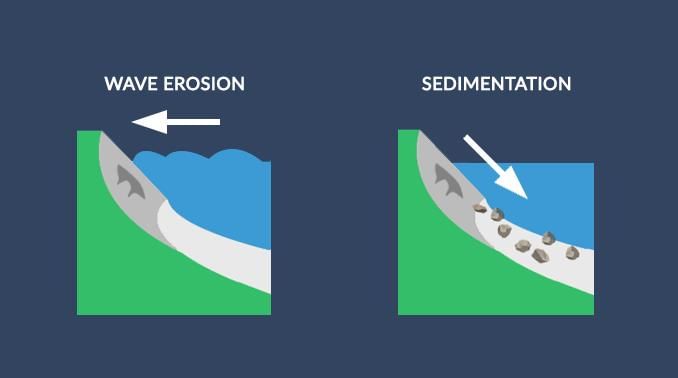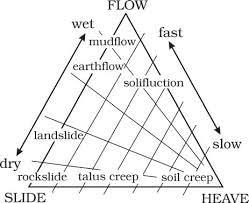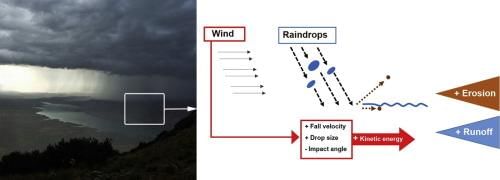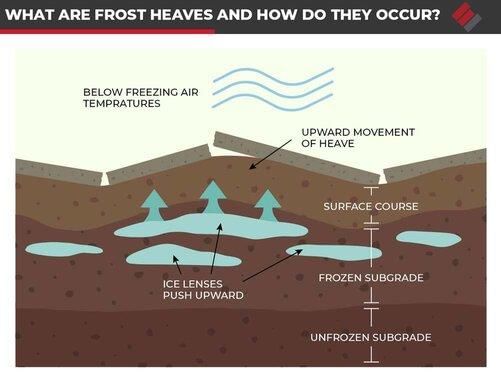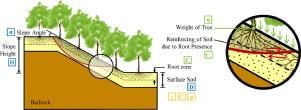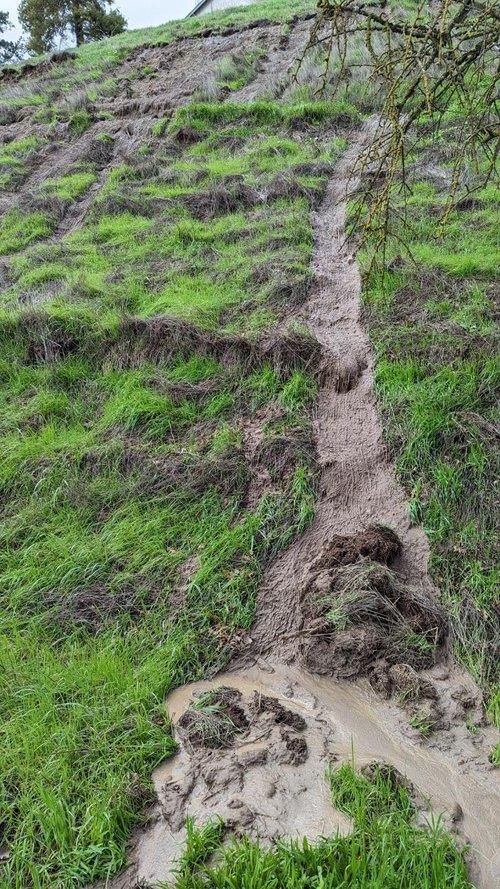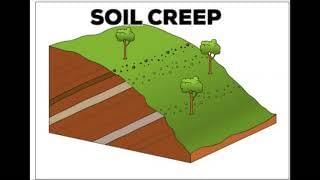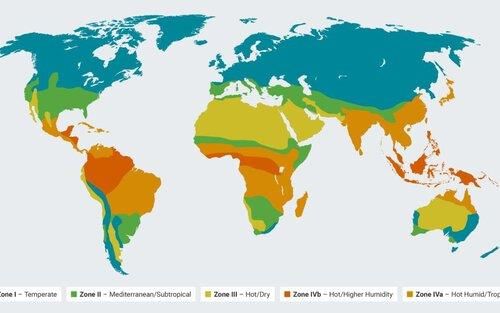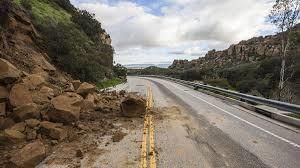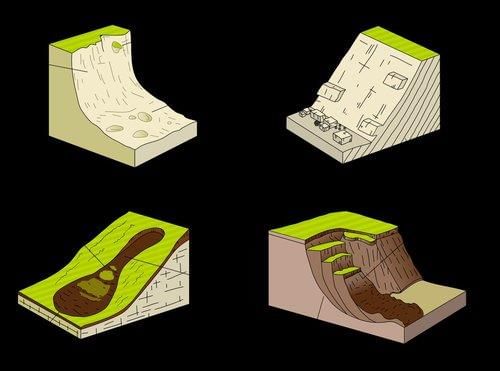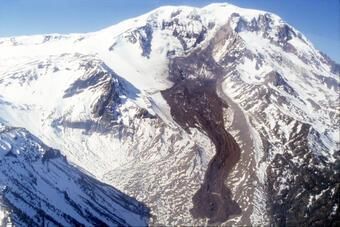|
Card: 7 / 36 |
True or False: Heavy rain can contribute to mass movements by making the soil slippery. |
|
Card: 13 / 36 |
True or False: Solifluction occurs in areas where the ground is frozen deep down but the top part remains frozen. |
|
Card: 14 / 36 |
False. Solifluction occurs when the top part thaws while the ground below remains frozen. 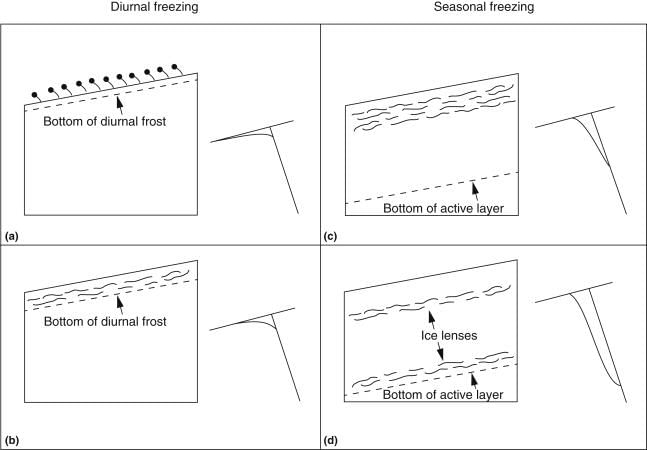 |
|
Card: 15 / 36 |
Fill in the blank: The movement of soil during solifluction is often described as a slow, muddy river of soil moving ___ the slope. |
|
Card: 18 / 36 |
Soil creep is a very slow movement that occurs on moderately steep slopes due to gravity, while solifluction is a slow flow of saturated soil that occurs in moist, temperate areas when the upper layer thaws. 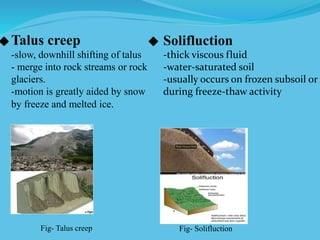 |
|
Card: 19 / 36 |
True or False: Different types of creep include soil creep, talus creep, rock creep, and rock-glacier creep. |
|
Card: 21 / 36 |
Fill in the blank: Solifluction typically occurs in regions that are ___ and temperate. |
|
Card: 23 / 36 |
What is the main effect of creep and solifluction on infrastructure like fences and poles? |
|
Card: 24 / 36 |
Both processes can cause fences and poles to lean downhill over time due to the gradual movement of soil. 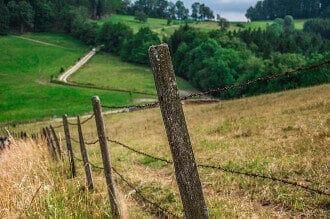 |
|
Card: 25 / 36 |
Mudflows are most likely to occur when the ground is ___ and has been filled with water. |
|
Card: 27 / 36 |
What type of geomorphic movement happens primarily on the steep slopes of volcanoes during eruptions? |
|
Card: 29 / 36 |
Fill in the blank: A bedrock slide occurs when the ___ beneath the soil starts sliding down a steep slope. |
|
Card: 34 / 36 |
Rapid movements in landslides are characterized by the quick movement of materials on a slope, which can be perceptible to observers. 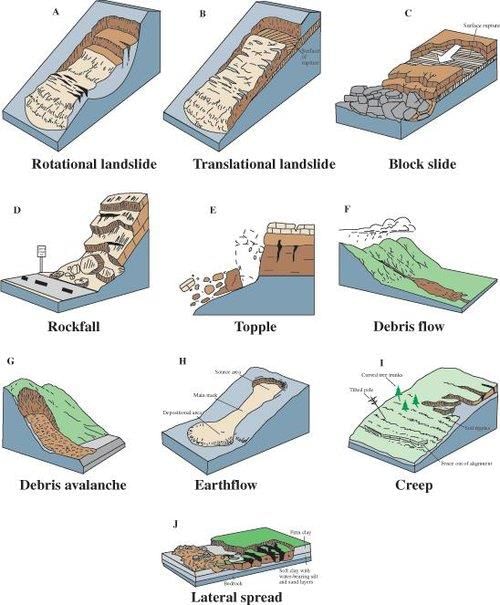 |
|
Card: 35 / 36 |
Fill in the blank: A ___ occurs when a chunk of rock or debris slips and rotates backward on a slope. |





